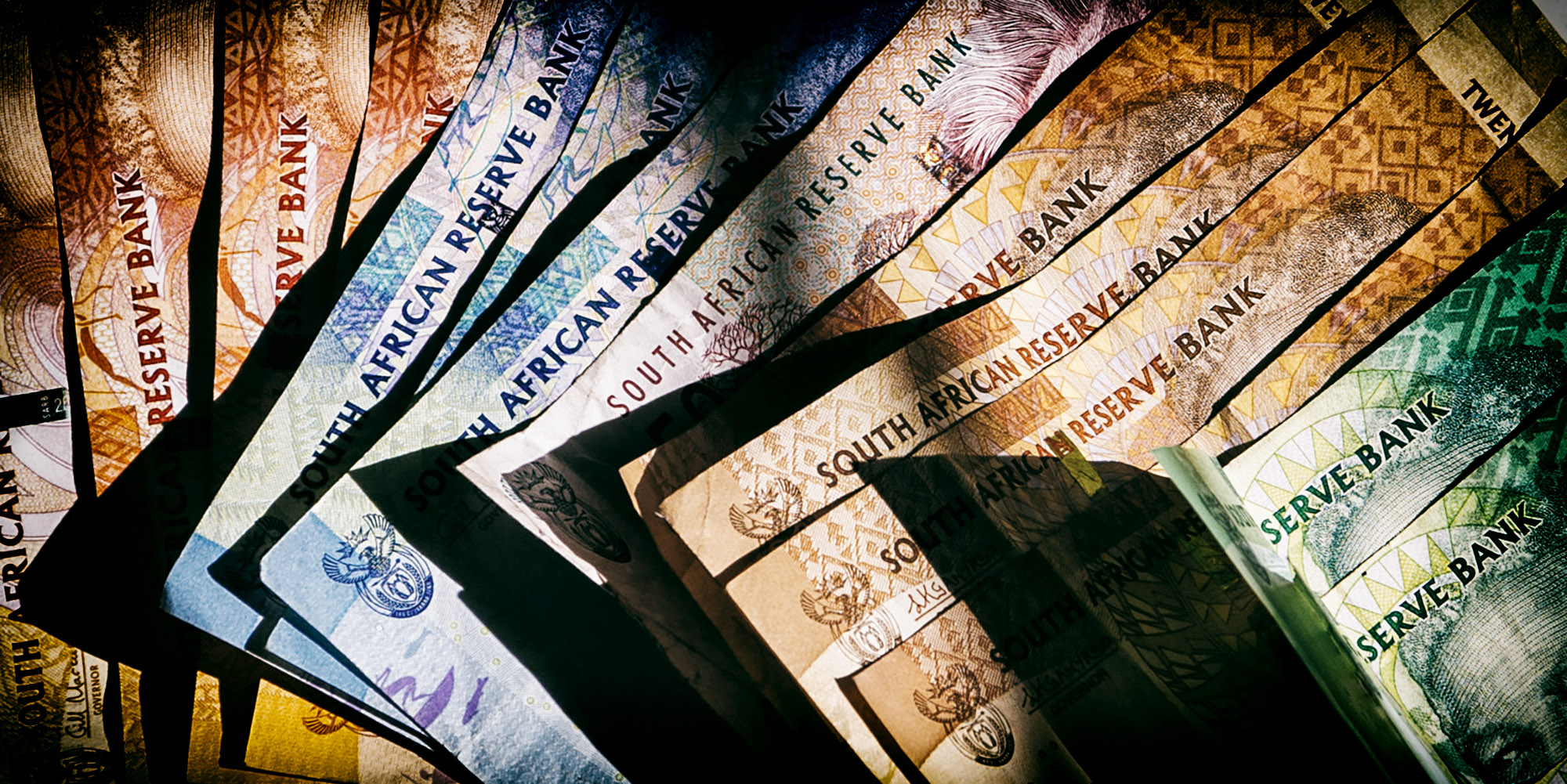To wit, the emerging consensus is that the economy grew a tepid 0.5% on a quarter-on-quarter basis in the third quarter of 2024 after growing just 0.4% in the previous quarter. And the economy flatlined in the first quarter, with no growth or contraction — a read of 0.0%.
Depending on how things fare in the current quarter, the expectations are that for the full year, South Africa’s gross domestic product (GDP) will expand by about 1.0% plus some change maybe.
The third quarter (Q3) data has certainly been a mixed bag. Mining production had ups and downs, contracting on an annual basis in July by 1.6% and then rising 0.3% and 4.7% in August and September respectively.
In the three months to the end of September, mining production rose 1.0% quarter-on-quarter on a seasonally adjusted basis compared to the previous quarter. For the same period, manufacturing production increased just 0.2% while electricity generation put in modest growth.
“The positive outcome for industrial production in Q3.24, of 0.6% quarter-on-quarter on a seasonally adjusted basis will support GDP growth in the quarter, which we continue to forecast at 0.5% quarter-on-quarter on a seasonally adjusted basis, and GDP growth for the full 2024 calendar year at 1.0% year-on-year,” Investec chief economist Annabel Bishop said in a note on the data.
Investec’s 0.5% third quarter growth forecast mirrors several others.
Retail trade sales increased 0.7% over the quarter, so this sector will also make a marginally positive contribution to the GDP read.
On one hand, this is a woeful state of affairs. The rolling nationwide power cuts called “load shedding” have long been seen as the biggest constraint on South Africa’s GDP growth profile, and they ended in March.
Local outages continue and there is no hard data on this front, but the end of the rolling blackouts and Eskom’s stage one to six schedules should have been a big jolt to growth.
Yet, imagine how much worse the situation would be if the rotating power cuts in 2024 had maintained the brutal record levels of 2023. The economy would almost certainly be contracting, and South Africa would be falling into a recession.
Faster growth rates of around 1.5% are expected next year, with the pace then picking up moderately. But no forecast sees growth rates of 4% or 5% on the horizon, which is what many economists maintain is needed to make a meaningful dent in South Africa’s sky-high rate of unemployment.
The unemployment rate did decline to 32.1% in Q3 from 33.5% in the previous three-month period, a sign perhaps of the cautious optimism that has greeted the formation of the Government of National Unity (GNU). But it’s the kind of number that really needs to get down to single digits.
For the current quarter, pension withdrawals under the two-pot system could boost growth more than expected if much of that money is directed to consumption rather than paying down debt. Between Sunday, 1 September and Friday, 18 November, withdrawals hit more than R35-billion.
But don’t expect a big surprise.
Economy stuck in slow-growth mode
South Africa’s current modest growth outlook — against the backdrop of the vast improvement in power generation and the rise of the GNU — underscores the point that once an economy is stuck in a slow-growth mode, it takes a long time to switch gears into a faster pace.
“The GNU faces massive long-standing challenges: eroding standards of living, unacceptably high levels of unemployment, poverty, and inequality, lower life expectancy relative to peers, and rising public debt and debt servicing costs, which crowd out critical spending needs," the International Monetary Fund said on Tuesday, 26 November after a staff visit to South Africa.
But it noted that South Africa still has fertile economic soil from which to harvest better outcomes.
“South Africa’s diversified economy, abundant mineral wealth, flexible exchange rate, credible inflation-targeting framework, deep financial markets, and ability to issue domestic-currency debt are sources of strength,” it said.
South Africa is not going to shoot the lights out this year when it comes to economic growth. But hopefully a foundation is being laid for much faster growth rates sooner rather than later. DM





